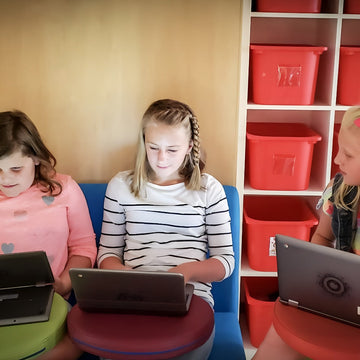In today’s fast-evolving educational landscape, the traditional classroom setup no longer meets the needs of modern learners. High school students thrive in environments that are adaptable, engaging, and designed to foster collaboration. Whether you’re an educator, school administrator, or designer looking to elevate the learning experience, rethinking your classroom layout and tools can make a world of difference.
Why Modern Classrooms Matter
The modern high school classroom must go beyond chalkboards and rows of desks. Students need spaces that spark curiosity, promote creativity, and support a variety of teaching styles. Flexible learning spaces not only help educators implement dynamic lesson plans but also cater to students’ diverse learning preferences—visual, auditory, kinesthetic, and more.
Key Features of a Revamped Classroom
-
Flexible Furniture
Gone are the days of one-size-fits-all desks. Today’s classrooms benefit from adjustable desks, mobile seating, and modular tables that can be reconfigured for individual work, group projects, or class-wide discussions. These elements encourage student movement and participation, making learning more active and engaging. -
Comfortable Seating
Comfort plays a major role in student focus and endurance during the school day. Ergonomically designed chairs, lounge areas, and standing desks offer students options that suit their personal comfort and boost their ability to stay engaged throughout lessons. -
Tech-Friendly Setups
Technology is a central part of modern education. From interactive whiteboards and digital displays to charging stations and collaborative digital platforms, a tech-integrated classroom empowers both teachers and students to access a world of resources and communication tools. -
Collaborative Zones
-
Create dedicated zones within the classroom for small group work, brainstorming sessions, or peer-to-peer learning. These spaces support collaboration and encourage students to practice real-world skills like communication, leadership, and teamwork.
Benefits of a Student-Centered Design
-
Increased Engagement: Students are more likely to participate and remain focused in dynamic, interactive environments.
-
Enhanced Collaboration: Group-oriented furniture and open layouts promote teamwork and social learning.
-
Improved Learning Outcomes: Classrooms that cater to various learning styles lead to better comprehension and retention.
-
Support for Educators: Teachers benefit from adaptable environments that support multiple instructional strategies and classroom activities.
Conclusion
Revamping your high school classroom isn’t just about aesthetics—it’s about transforming education. By introducing flexible furniture, tech-integrated tools, and collaborative spaces, you’re investing in a future where students feel inspired, involved, and ready to learn.
Ready to Get Started?
Explore our learning space solutions today and take the first step toward creating an engaging, student-centered classroom your students will love.





